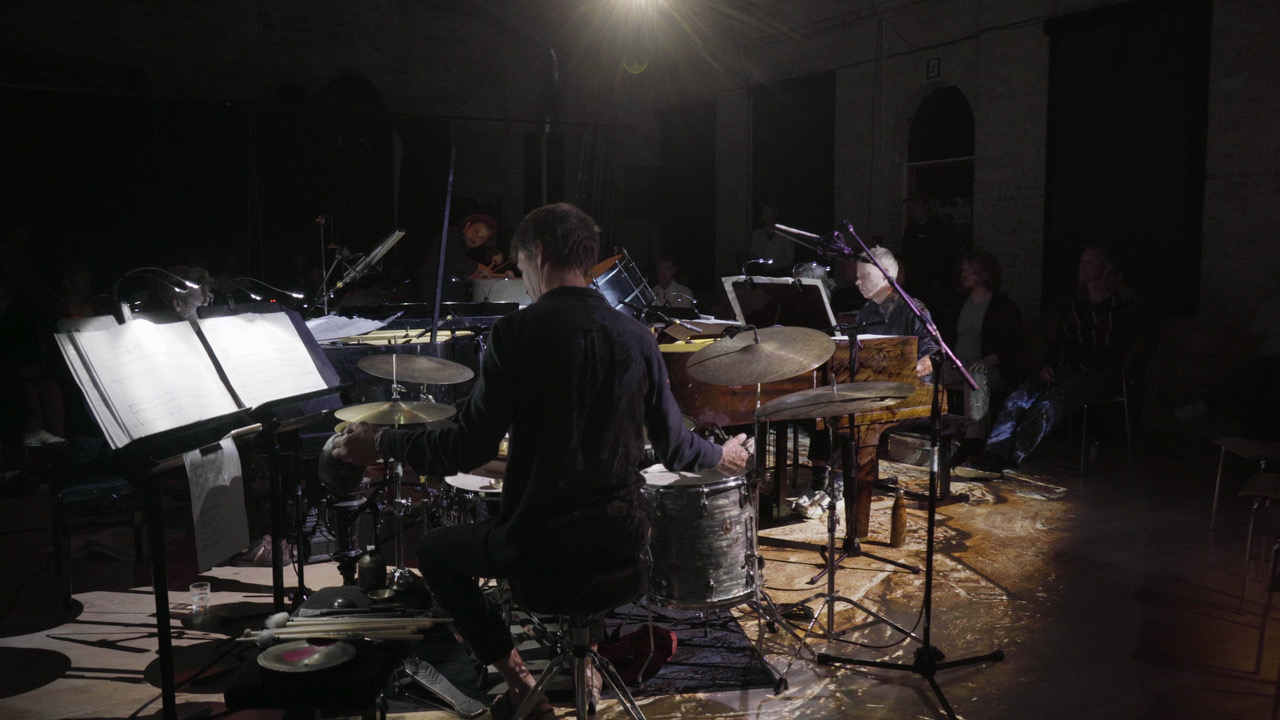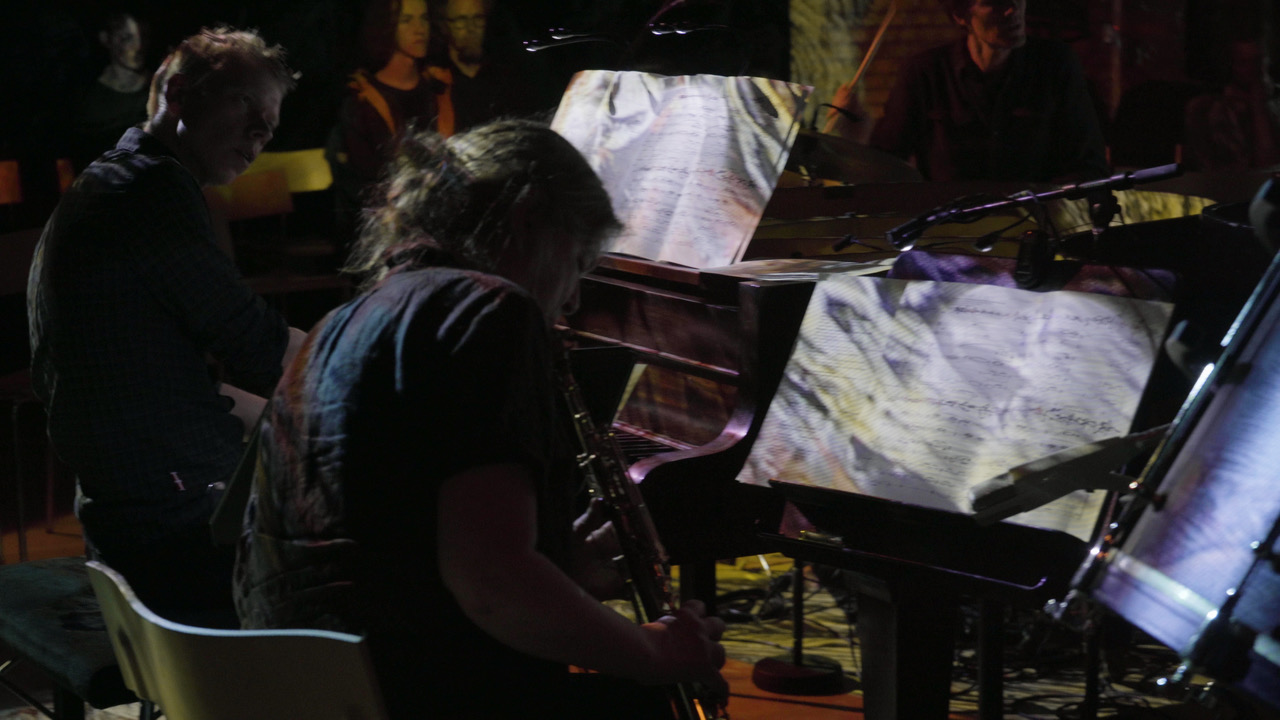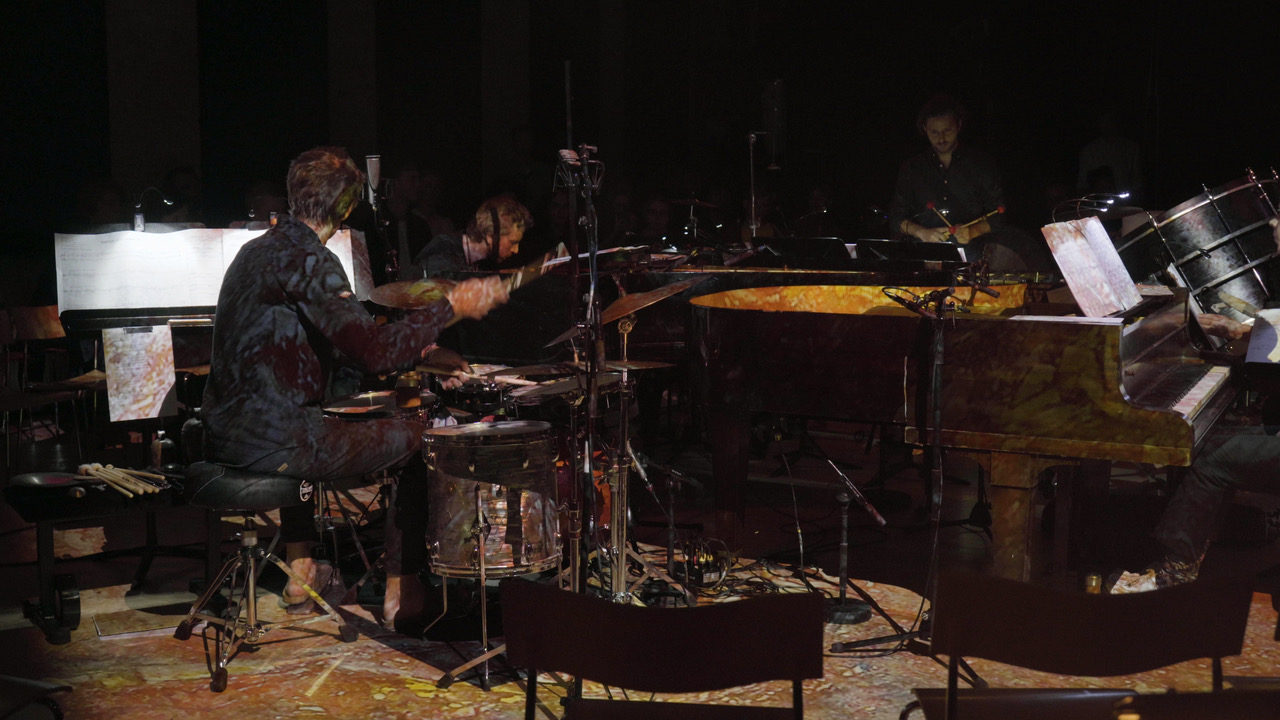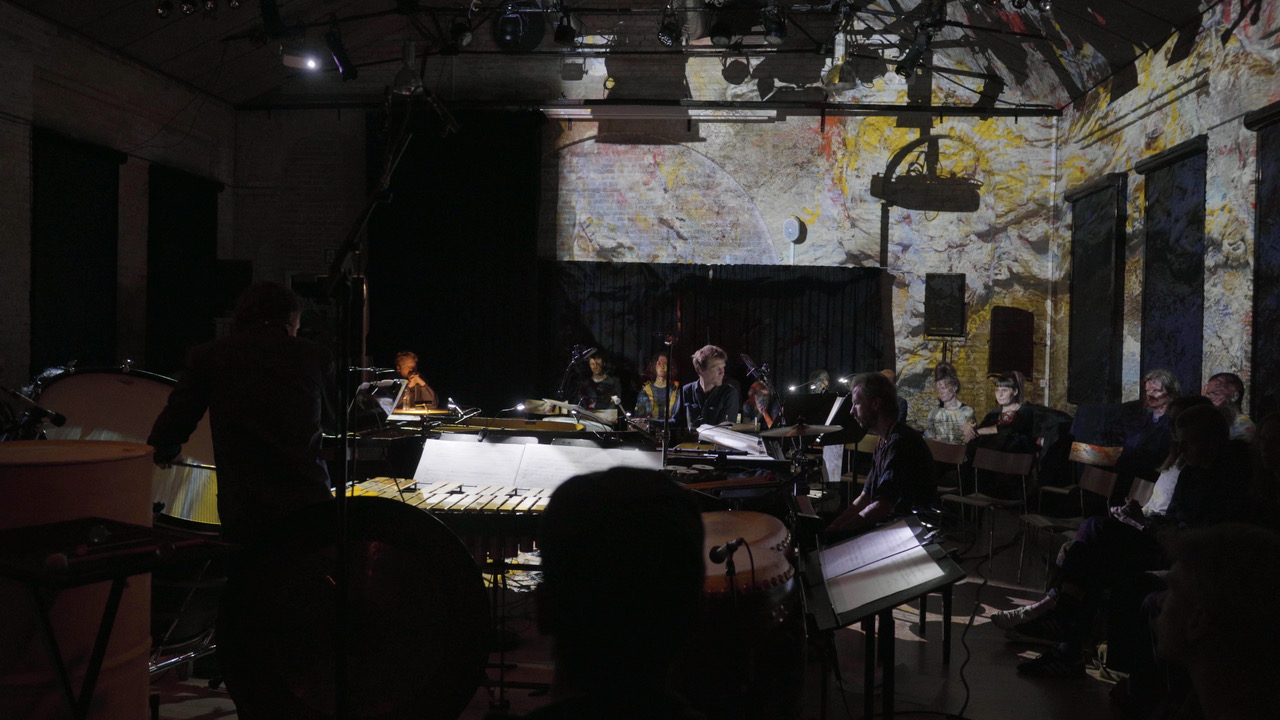Juniper fuse |
Formed in 2022, Juniper Fuse brings together a visionary team of improvising and
classical musicians that includes: saxophonist Lotte Anker, pianists Simon Toldam and
Matt Choboter and percussionists Matias Seibæk and Peter Bruun.
An international, intergenerational and interdisciplinary collaboration, it integrates
paintings and projections by my grandfather, Canadian visual artist Don Choboter
(Choboter Fine Art Gallery) and American poetic Clayton Eshleman.
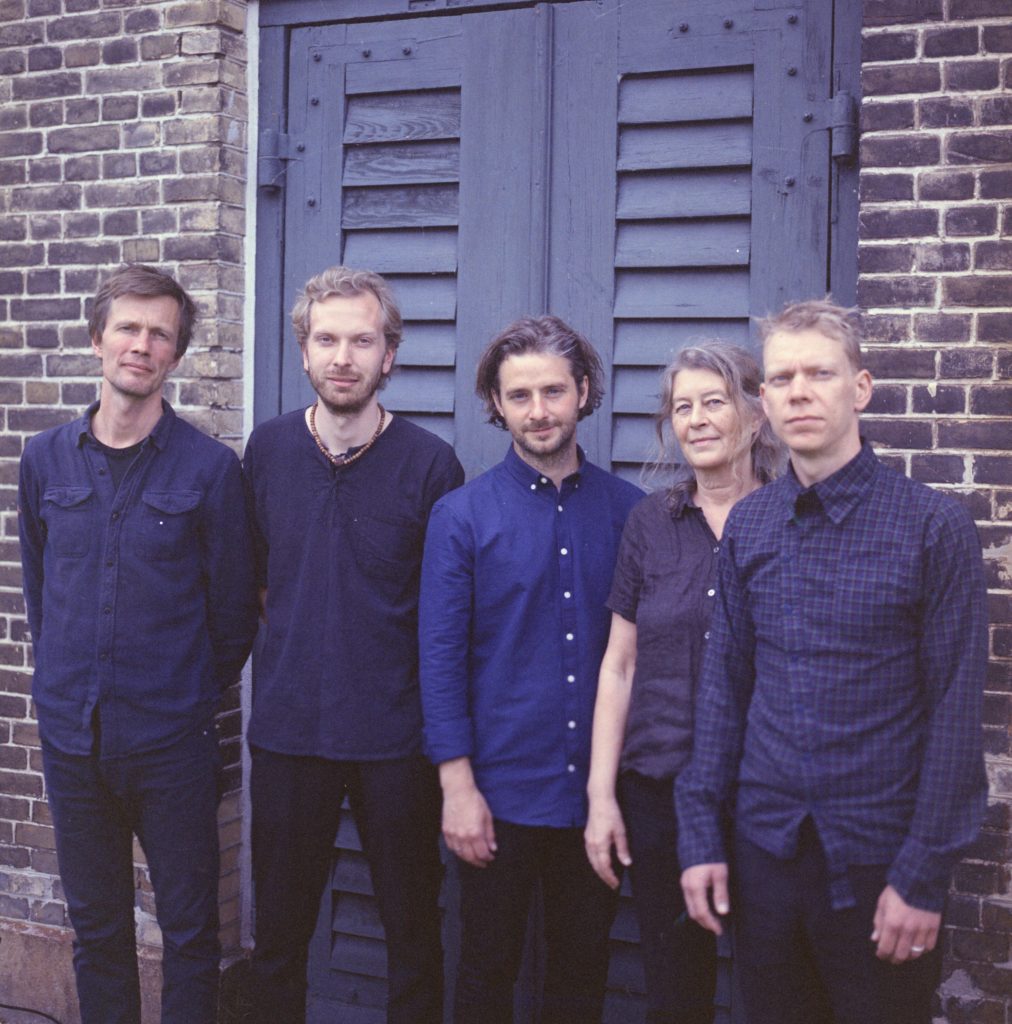
The ensemble revolves around a pair of new instruments called “microtonal prepared
pianos” (designed by Keybird Instruments) and explores a labyrinth of unusual
percussion including a microtonal vibraphone and bass selonding (hand built
custom-tuned Balinese metallophone). Moving beyond the fixed pitches of western
tuning, we work with Balinese Gamelan tunings, extended instrument techniques and
Just Intonation to invent new post-colonized sound constellations. Dialoguing with
psychology, mythology and ancient wisdom we weave dreams and subconscious
landscapes into musical compositions.
Watch a live performance excerpt HERE
Juniper fuse is inspired by prehistoric cave wall imagery. A vital connection point into early human imagination and creativity, caves can be embodied as psychic wombs
where one attempts to reach back in time and explore the archetypal subconscious.
Regarding planet- wide human mental health, American cave poet, Clayton Eshleman
reminds us of the need for our “deep mind” or subconscious mind. “For it is in the deep mind that wilderness and the unconscious become one, and in some half-understood but very profound way, our relation to the outer ecologies seems conditioned by our inner ecologies.
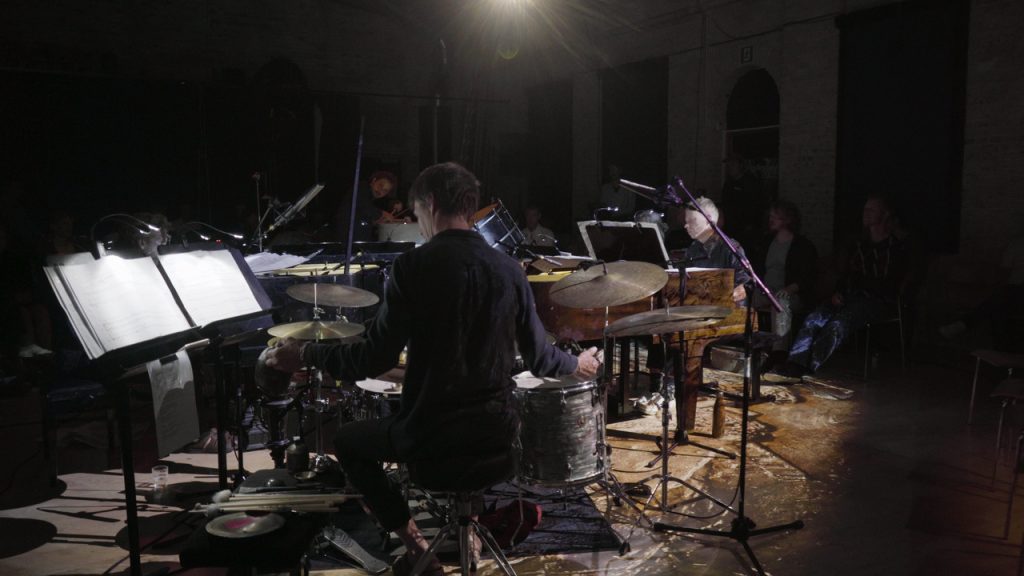
Juniper Fuse is the core ensemble for Peter Bruun’s 2-year Danish state funded
research project entitled: “multitemporal movements and embodiment through
rhythmic design”. As part of the research we will hold workshops, masterclasses and
performances at the major Danish Universities including DKDM (Pulsar festival), SDMK
and the Rhythmic Music Conservatory in 2024 and 2025.
In response to the residency, I am commissioned to write a new set of works that is
scheduled for June 24-28 2024. These new works dialogue with an extended poem –
“The Jointure” – by the American poet, Clayton Eshleman. The music also draws from a recent two-month self-funded composition study in Bali with Dewa Alit focused on the unique tuning characteristics of his ensemble Gamelan Salukat.
Juniper Fuse is sponsored and funded by Danish public funding – Statens Kunst
Fund, Koda Kultur. It is affiliated with ILK Music collective

